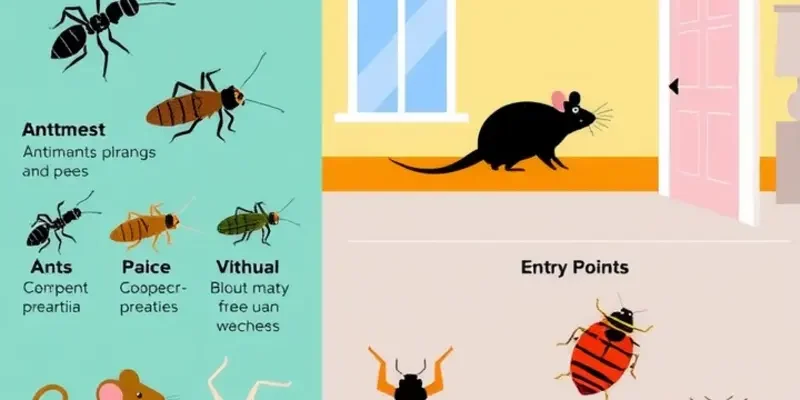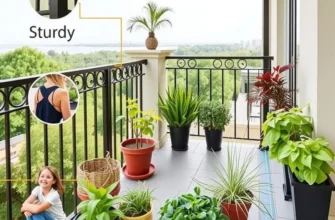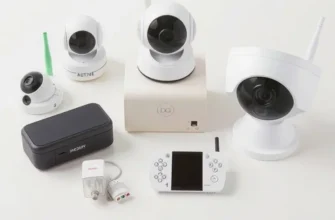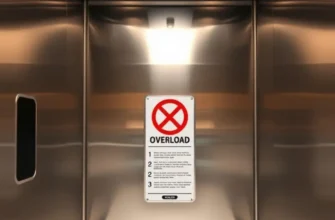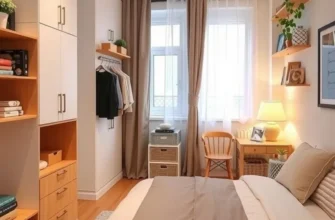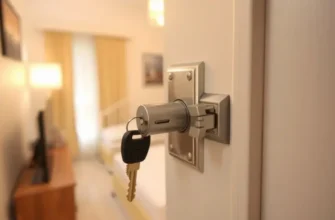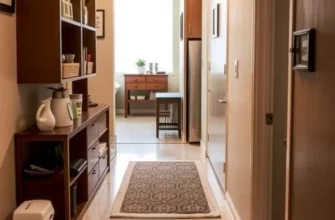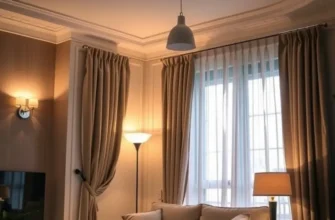Living in an apartment offers numerous advantages, especially for renters who appreciate flexibility and convenience. However, pests can easily find their way into even the most pristine spaces, creating unnecessary stress and potential health hazards. Whether you’re in a high-rise building in New York or a cozy studio in Los Angeles, implementing effective pest-proofing strategies is essential. Not only do these DIY methods enhance your apartment’s safety and security, but they also promote hassle-free maintenance, allowing you to enjoy your home without the paranoid fear of unwelcome guests. In the following chapters, we will delve into practical, easy-to-follow methods that ensure your living environment remains comfortable while deterring pesky invaders. From sealing entry points to utilizing natural repellents, you’ll find simple yet effective solutions tailored for apartment dwellers across the United States.
Understanding Common Apartment Pests and Their Entry Points
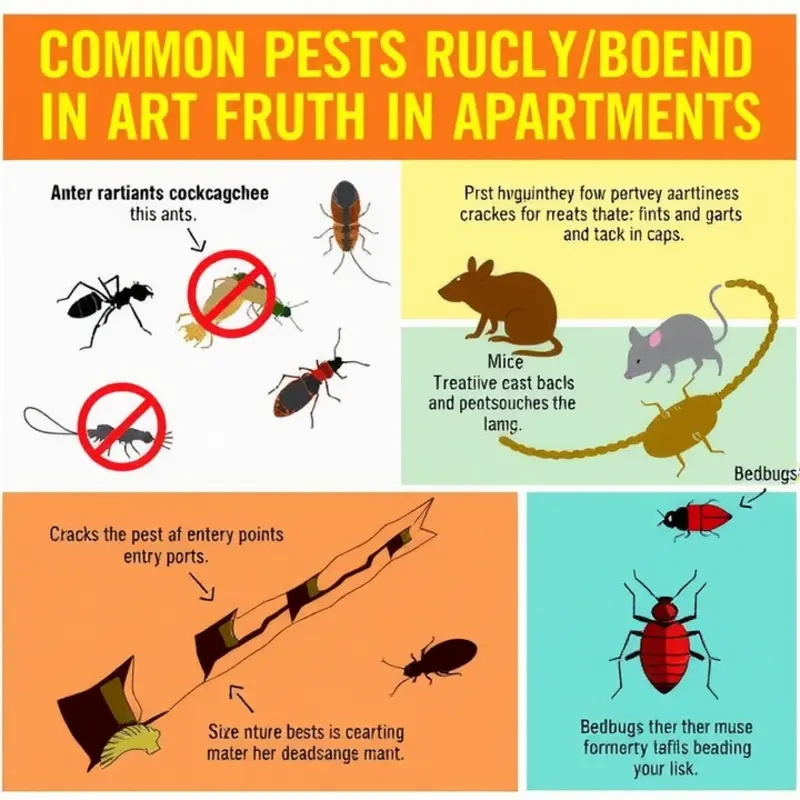
Apartments provide convenient living spaces but can inadvertently invite various pests. Understanding which pests are common in apartments and how they enter our homes is essential for targeted pest-proofing.
Ants are often seen indoors and can be persistent due to their small size. They typically infiltrate apartments through tiny cracks in walls or floors, gaps around windows, and other small openings. To detect an ant problem, look for trails along walls or countertops, especially where food residues might be present. Keeping areas clean and sealing entry points can reduce their visits.
Cockroaches are another unwelcome visitor, thriving in warm and damp environments. They squeeze through minuscule openings around pipes, under doors, and via vents. Cockroaches often leave droppings resembling coffee grounds or black pepper around kitchens and bathrooms. Regular cleaning and addressing sources of moisture can help deter these pests.
Mice find apartments an ideal habitat with ample hiding spots and food access. They commonly enter through holes in walls, floors, and foundations, which can be as small as a dime. Indicators of a mouse presence include droppings, gnaw marks, and sound of scurrying in walls or ceilings. Applying steel wool to holes and sealing entry points can effectively block them.
Bedbugs are notorious for their ability to spread quickly. They latch onto fabric in luggage, clothing, or furniture and make their way indoors. Look for rusty spots on bed linens, shell casings, and a musty odor as signs of an infestation. Regularly inspecting and washing bedding can mitigate risks.
Entry points are a key factor in pest invasion. Cracks in the structure, gaps around windows, and utility entry points are common vulnerabilities. To prevent pests, focus on sealing these areas using caulk or weatherstripping. Additionally, ensuring screens are intact and doors are adequately sealed adds more protection.
Awareness of these pests and their methods of entry is crucial. Combining vigilance with proactive measures minimizes the risk of infestations. For further tips on reducing potential vulnerabilities in your living environment, consider reviewing apartment door security guidelines.
Practical Pest-Proofing Solutions for Renters
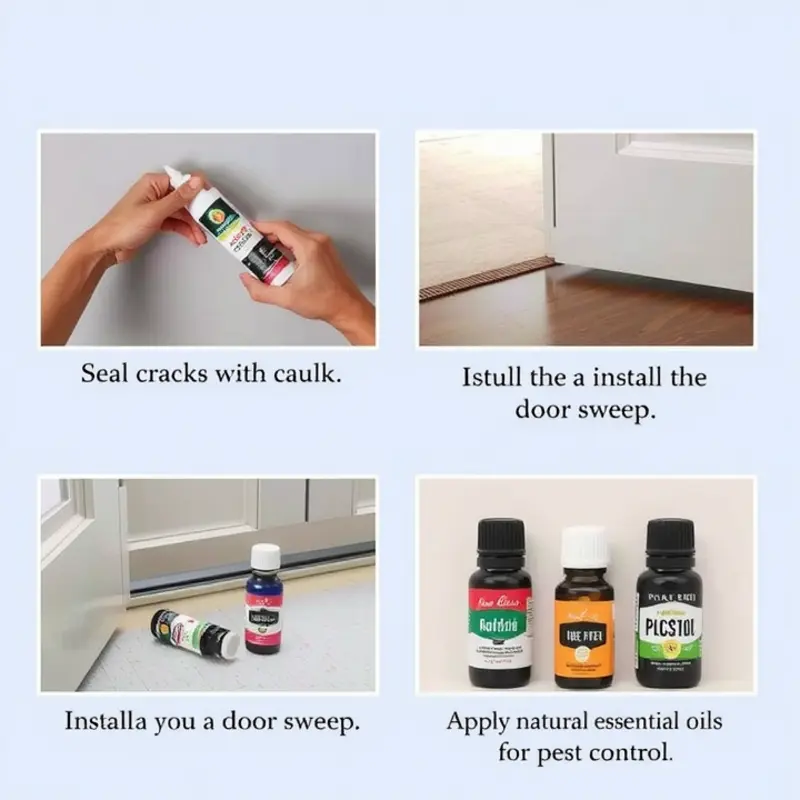
To start your pest-proofing journey, the first step is identifying and sealing potential entry points. Inspect your apartment for cracks in walls, gaps around windows, and spaces near utility lines. Use caulk or expandable foam to seal these areas, preventing pests like ants and roaches from creeping in. Don’t forget to check for openings around plumbing pipes under sinks and seal those as well.
Next, focus on installing door sweeps. These are crucial for doors that lead outside or into shared hallways. Door sweeps act as physical barriers, keeping pests like insects and rodents at bay. Ensure each sweep covers the gap fully when the door is closed. For windows, check that screens are intact and fit snugly in their frames to prevent any bugs from flying in.
Using natural repellents is an effective method for keeping your apartment pest-free. Essential oils such as peppermint, eucalyptus, and tea tree are excellent for deterring ants and spiders. Mix a few drops with water in a spray bottle and apply around windowsills, doorframes, and baseboards. Vinegar can also serve as a natural pest deterrent, especially for fruit flies. Simply wipe down counters and sinks with a vinegar solution to keep pests away.
Now, let’s consider safe traps. Homemade traps can be both effective and non-toxic. For example, placing a shallow dish with a mixture of dish soap and water near a light source can attract and trap flying insects. Sticky traps can also be placed behind furniture and appliances to catch crawling insects. It is key to routinely check and refresh these traps to maintain their effectiveness.
Regular preventive maintenance helps sustain your pest-proofing efforts. Make cleaning a weekly habit, focusing on areas prone to food debris such as kitchens and dining spaces. Promptly fixing leaky faucets and pipes is essential as pests are often drawn to moisture. Consider setting a cleaning schedule to stay organized and consistent. This guide can help you optimize your routine to complement your pest control efforts.
Lastly, an often overlooked strategy is proper waste management. Ensure garbage containers within your apartment have tight-fitting lids and are emptied regularly. Store dry foods in sealed containers to reduce attractants and reduce pest visitations.
By following these steps, your apartment will remain a secure and comfortable home. The combined power of natural repellents, physical barriers, and consistent maintenance creates a formidable defense against pests, allowing you to enjoy your space with peace of mind.
Final words
Pest-proofing your apartment may seem daunting, but with a clear understanding of common pests and simple, practical solutions, it becomes a manageable task. By taking proactive steps to secure your living space, you not only enhance your comfort but also protect your health and investment. Remember, your apartment is your sanctuary; making it pest-free is within your reach. Use the methods outlined above to create a safe and inviting home. With diligence and care, you can enjoy your apartment without pests invading your peace of mind.

